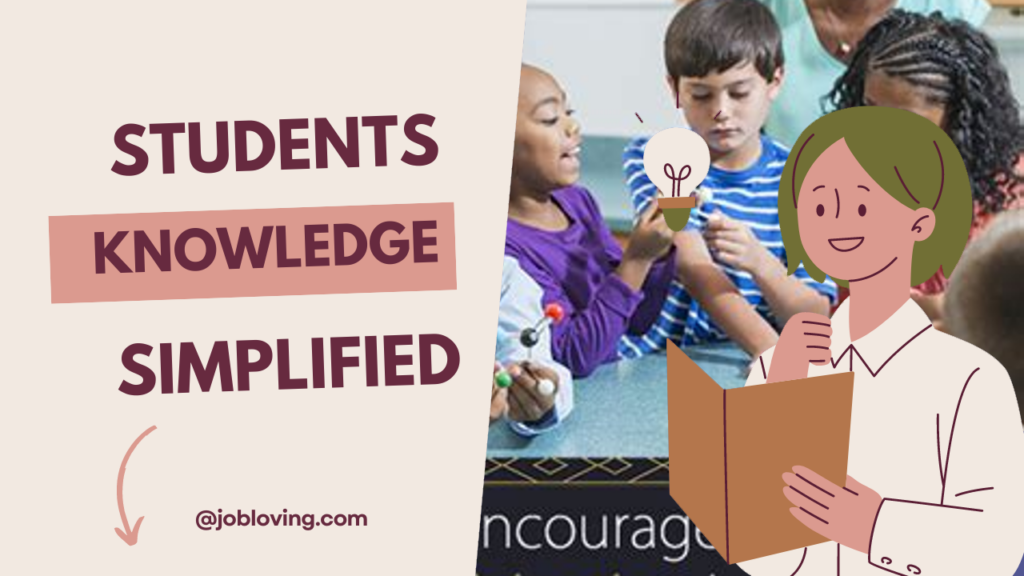Unlocking the Magic of Participation: How to Get Students Engaged in the Classroom
Participation in the classroom can often feel like trying to get cats to follow commands. Students might hide behind their laptops, scroll endlessly on their phones, or simply stare blankly into space. But, getting students to participate more is not impossible, and it doesn’t have to be boring. In fact, it can be a vibrant, dynamic, and frankly, a fun process. So, let’s dive into practical strategies that can help you unleash student participation.
1. Foster an Ethos of Participation
Creating a culture where participation is not just encouraged but celebrated is your first step. It’s like setting the mood for a party—if people know they’re welcome and their input is valued, they’ll want to join the festivities.
- Set Clear Expectations: Spend time discussing what participation looks like. It’s not just raising hands; it can be discussion, written responses, or even body language. Use light-hearted examples to illustrate different forms of contribution.
- Positive Reinforcement: Acknowledge and celebrate contributions, big or small. This sets up a feedback cycle that encourages students to engage more freely. Think of the applause they’d receive for a concert; everyone loves a good cheer!
2. Teach Skills for Participation
A lot of students hesitate to participate because they lack the skills or confidence, which is perhaps akin to a comedian trying out new material without ever having practiced delivery. So, developing their skills should be a major focus in your teaching.
- Discussion Techniques: Teach students methods like “Think-Pair-Share” or “Fishbowl Discussions.” Describe each method and let them practice. With structured formats, they can engage without feeling overwhelmed.
- Writing Skills: Incorporate brief writing exercises that allow students to prepare their thoughts before sharing. This gives the shy ones a safety net.
3. Design Activities that Spark Engagement
To elicit participation, it’s essential to create activities that are not only relevant but also engaging.
- Group Projects: Create collaborative assignments that require input from all members. This encourages varied perspectives and reduces the spotlight effect that often intimidates individuals.
- Gamify Learning: Incorporating games or friendly competition can stir enthusiasm. Use tools like Kahoot for quizzes or debate tournaments to get the adrenaline pumping.
- Debate/Role Play: Students engage more when they’re allowed to take on roles or debate contentious issues. It encourages them to express viewpoints confidently and creatively.
4. Consider Your Position in the Classroom
Your physical presence matters. Where you stand can influence the energy of the class.
- Movement: Don’t just stand at the front like a statue; move around the room and engage in conversations. This informal touch breaks down barriers and makes students feel more connected.
- Classroom Arrangement: Opt for seating that promotes interaction—circular or U-shaped desks can create an inclusive environment conducive to discussion.
5. Encourage Self-Assessment of Participation
Self-evaluation can be eye-opening and fosters accountability.
- Reflection Journals: Have students jot down their thoughts on their participation each week. They’ll begin to see patterns in their engagement.
- Set Goals: Encourage them to set personal participation goals, such as contributing to discussions a certain number of times or asking questions during lectures.
6. Ensure Everyone is Heard
Have you ever been in a classroom where one voice consistently drowns out everyone else? It’s time to amplify those quiet gems.
- Acoustics Matter: Make sure all contributions are audible. When you speak, project your voice; when they speak, arrange the seating so everyone can easily hear each other.
- Nonverbal Participation Tools: Hand signals (like “fist to five” for understanding) allow quieter students to express themselves without verbal participation.
7. Technology: Your Secret Weapon
In today’s digital age, take advantage of tech tools to boost engagement.
- Anonymous Polls: Use platforms like Poll Everywhere or Mentimeter to gauge students’ thoughts anonymously before discussions. Knowing others share their views can embolden the reticent.
- Interactive Platforms: Incorporate discussion apps allowing them to contribute after class, providing a platform for quieter students to share their thoughts.
8. Create a Safe Learning Environment
Nothing kills participation faster than a hostile or judgmental atmosphere.
- Encourage Mistakes: Create an environment where mistakes are viewed as growth opportunities. This can significantly reduce anxiety associated with participation.
- Empower Students: Encourage peer feedback and discussions. When they feel valued by their peers, they’re more likely to contribute.
9. Regularly Discuss Participation
Communication is key! Open discussions about participation periodically remind students to engage.
- Evaluate Mid-Semester: Conduct surveys or discussions to gather feedback on participation dynamics.
- Identify Challenges: Encourage students to come forward with their barriers to participating.
10. Evaluate and Adjust Your Strategies
Participation is an ongoing process, so it’s essential to reflect on what works and what doesn’t.
- Feedback Loops: Regularly ask for input on your participation strategies; students cherish being part of the process.
- Adapt to Needs: Modify your approaches based on student dynamics and learning preferences.
Conclusion: A Collective Journey Towards Participation
Improving student participation is not a one-time fix; it’s like a recipe that you adjust to perfection over time. Take it step by step, utilizing engaging methods that resonate with your unique class demographics. And remember: each contribution your students make adds a brush stroke to the canvas of your classroom community. Embrace those moments, and watch as an atmosphere of enthusiastic interaction unfolds.
Next time you feel the urge to encourage participation, remember the strategies highlighted here. With a pinch of creativity, a splash of enthusiasm, and lots of genuine encouragement, you’ll be the instigator of lively discussions and vibrant classroom engagement!

